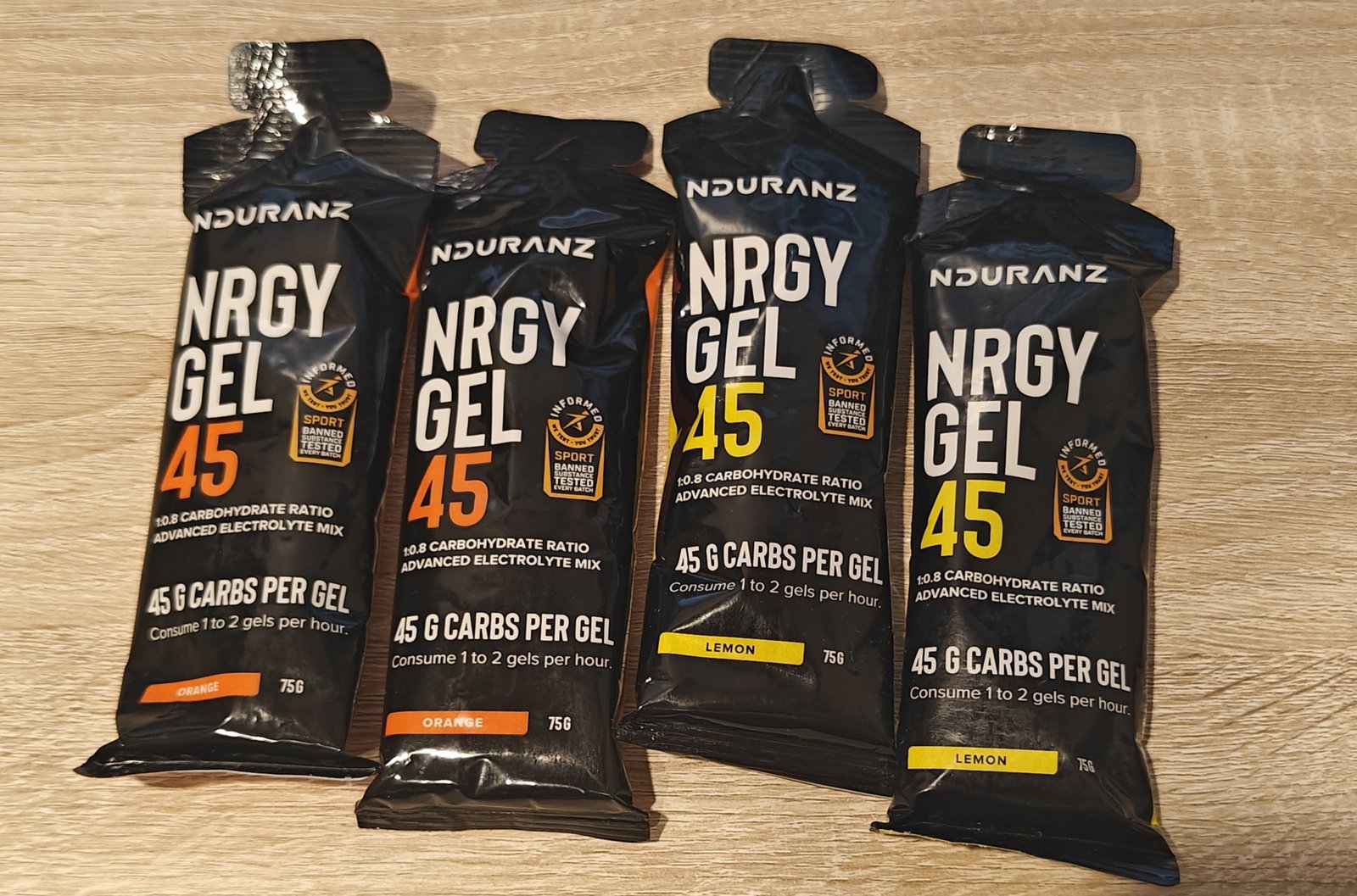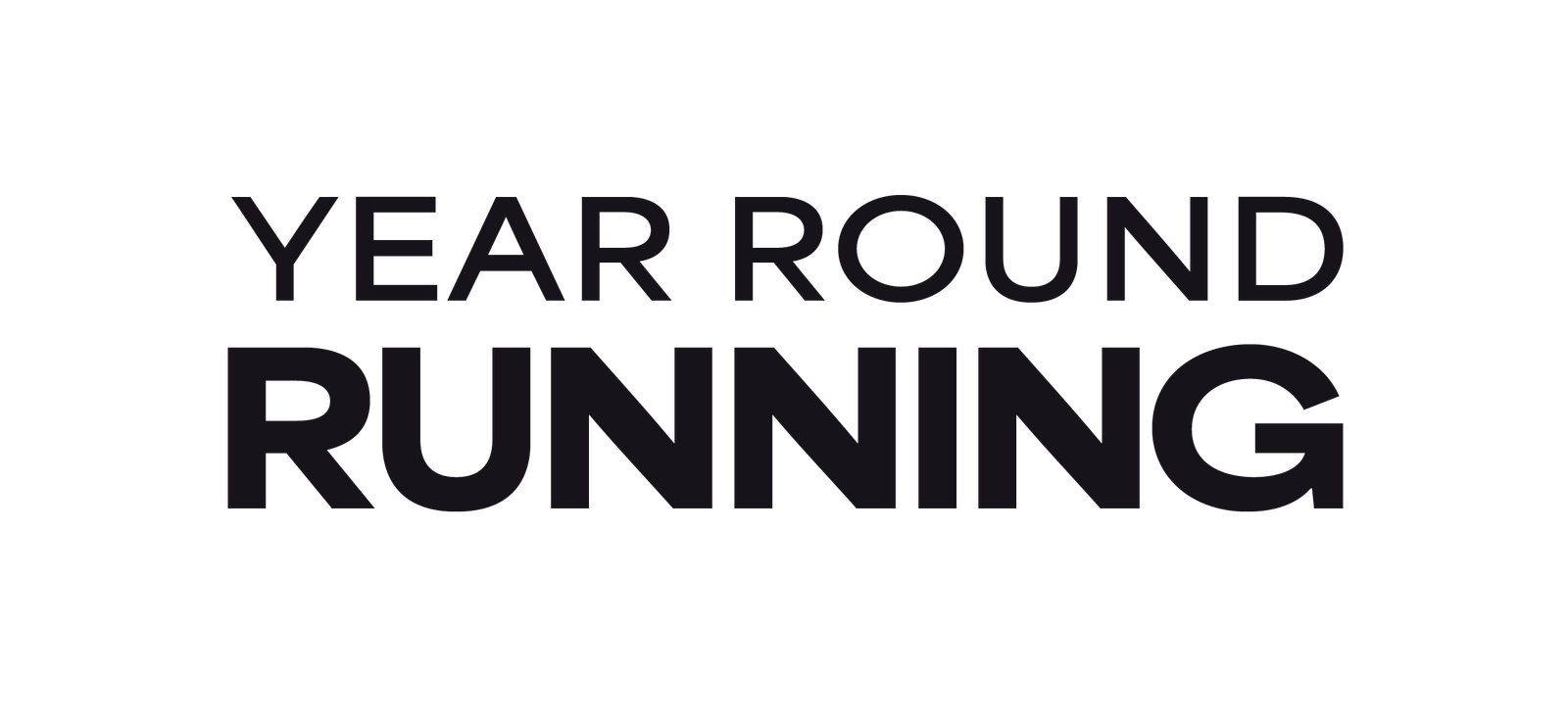3 MARATHON TRAINING MISTAKES TO AVOID FOR YOUR FIRST RACE
Training for your first marathon is an exciting journey, but it's easy to fall into common pitfalls that can hinder your progress or even lead to injury. Whether you're an experienced runner going for your first marathon or completely new to distance running, avoiding these three critical mistakes will set you up for marathon success.
By Quentin van Bentum •

1: Building too little weekly volume
A marathon training mistake that new marathoners often make is they underbuild weekly volume. You won't run a full marathon in training, so your body has to learn the load through consistent weekly mileage. Volume spreads stress across the week so you adapt without needing a full-distance run in one go.
Aim for a gradual build with recovery weeks. For most first-timers, a good target is:
- Base to start a plan: ~30–40 km per week (18–25 mi)
- Peak phase: Multiple weeks around 50–60+ km (30–40+ mi). More is fine if you have history and stay injury-free.
- Long Runs: keep it around 28–32 km (17–20 mi) for most. The rest comes from total weekly volume.
- Frequency: 4–5 runs per week is better than fitting big miles into 2–3 days.
It is also important to build by feel, not just rules. If sleep, soreness, or pains stack up, hold the week or cut back. Consistent volume is what prepares you to go beyond anything you did in training on race day.
If you need a training plan that gradually increases your weekly mileage without overdoing it, check out the Running plan generator. It will create a free personalized training plan based on your goals and availability.
2: Poor fueling (Carb loading + Race Fueling)
Unlike a half marathon where you can get away with bad fueling, a marathon won't give you this flexibility. The distance is simply too long for your body to handle properly without proper fueling needs. Underfueling is one of the most common marathon mistakes, but also one of the easiest to fix.
Carb loading
Carb loading is pretty much essential for most runners, and it is a simple concept. In the days leading up to your race, focus on eating way more carbs than usual. Your body uses carbs as the main fuel source when you are running. Loading up on carbs in the days before the race gives you more energy throughout the race.
For most a strict carb loading plan is not needed, but knowing what to eat can already help you out a lot, some good foods for this are:
- Pasta and rice
- Bread
- Cereal
- Potato's
Combine these with some lean protein and you will be ready to go.
Oh and avoid foods high in fat and fibre, if you want to be running to the finish line instead of the toilet!
Race Fueling
Race fueling is just as important as carb loading, because it doesn't matter how much you loaded up, your body most likely won't have enough to complete the full distance without mid race fueling.
The most common way to fuel mid race is with energy gels, these are quick and easy to digest carbs. It is important however to practice this in your marathon training to avoid GI issues mid race.
The first time you start taking gels, your stomach might not handle it well because you need to get used to it. To avoid surprises during the race it is crucial to train with gels during long runs and also on a tempo run to see how your body handles it during higher intensity efforts.
If you don't want to spend a lot of money on store bought gels, check out how you can make them yourself for a fraction of the price! DIY Energy Gels

3: Easy days too hard
Marathon training is not the same as preparing for a 5K, 10K, or even a half Marathon. A marathon training plan is built on easy runs. Easy Runs allow you to build significant weekly mileage without overloading your body.
But this is where a lot of runners make a big marathon training mistake. This is something I am guilty of doing too before my first marathon. It is often really tempting to start pushing a bit on easy days, because they feel easy, and are often not as satisfying. So it is tempting to push a little bit here and there and then suddenly you turn it into a tempo run.
But it is truly important to keep it easy. Easy runs should feel controlled, conversational, and pretty slow. If you do them right you will train your body to handle distance and reduce changes of injuries.
Yes, they can and sometimes will feel boring. They take longer. They don't feel satisfying. Still, they're doing important work that your marathon training needs. Save the harder efforts for when they matter: your structured intervals and your tempo work. Keep easy days easy so the quality days can actually be quality.
Final Thoughts
Avoiding these three common marathon training mistakes will significantly improve your chances of having a successful marathon experience. Remember that marathon training is about building endurance gradually, fueling properly, and maintaining the right balance between easy and hard efforts.
Focus on consistent weekly volume, practice your fueling strategy during training, and keep those easy days truly easy. Your future marathon self will thank you for the preparation and discipline you put in during training.
Ready to start your marathon training journey? Use our free training plan generator to create a personalized program that helps you build volume safely while avoiding these common pitfalls.
